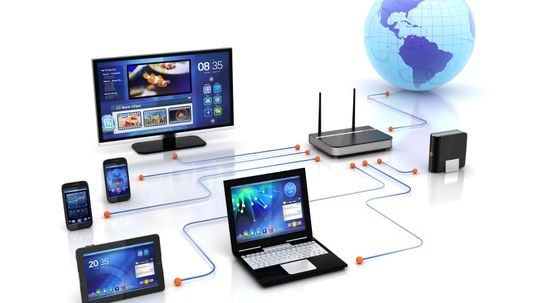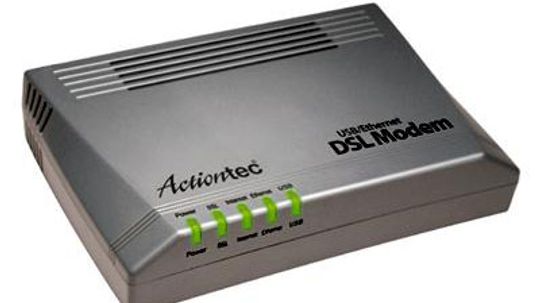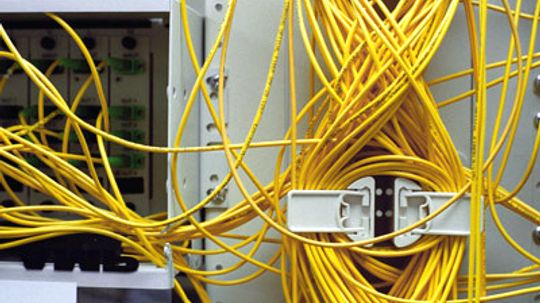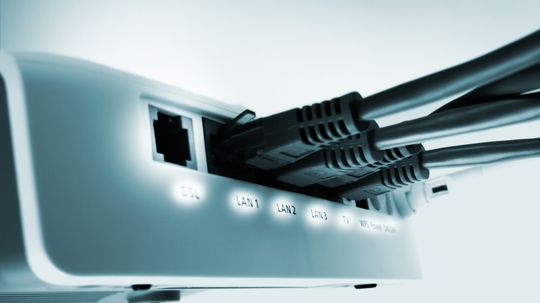Internet Connectivity
Before you can get to 'computing' you've got to get connected. Learn about things like modem speed, broadband connections, T1 lines and satellite internet.
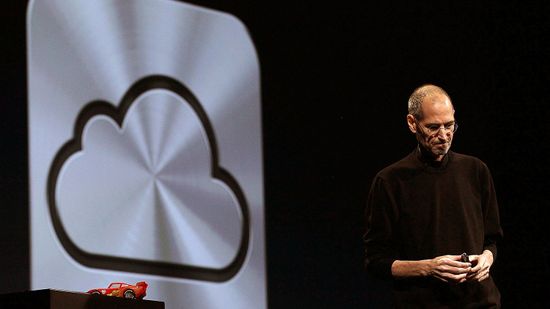
The Truth About Cloud Storage and Its Future

5 Ways to Keep Your Information Secure in the Cloud

Are my files really safe if I store them in the cloud?
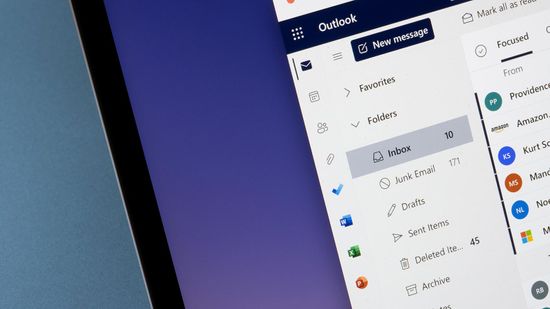
How to Recall an Email in Outlook or Gmail

What Does CC Mean in Email?

How to End an E-Mail: 21 Professional and Personal Sign-Offs
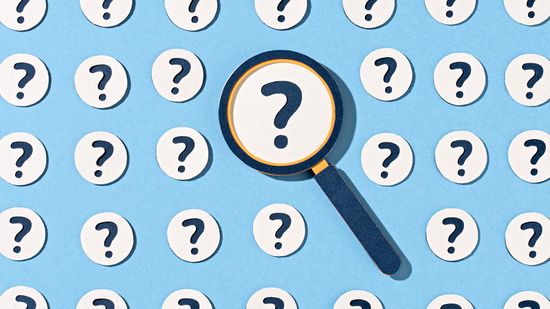
How Do Search Engines Work? All About Ranking and Bidding

How to Access the Dark Web

How to Change the Language in Google Chrome
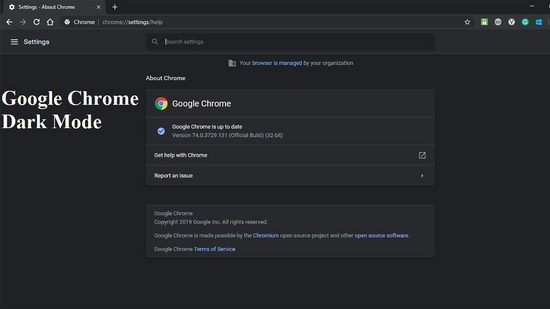
How to Enable Google Chrome Dark Mode on All Your Devices

How Websites Use 'Dark Patterns' to Trick You Online

That Dead Weblink May Be Revived With the Wayback Machine

Should You Use Facebook or Google to Log In to Other Sites?
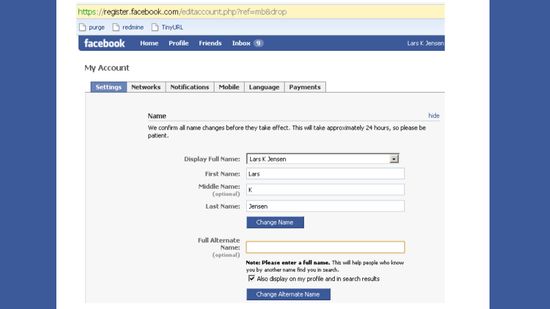
How to Change Your Name on Facebook

How to Deactivate Facebook
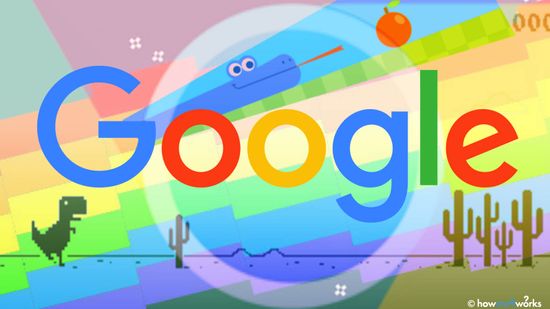
Google Easter Eggs: Sweet Treats Hidden in Plain Sight

10 Reasons Why You Should Care About Net Neutrality
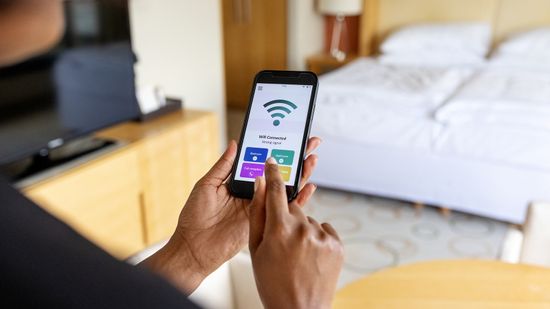
WiFi Extender vs. Booster: What's the Best Choice for You?

Does Weather Mess With Your Internet Connection?
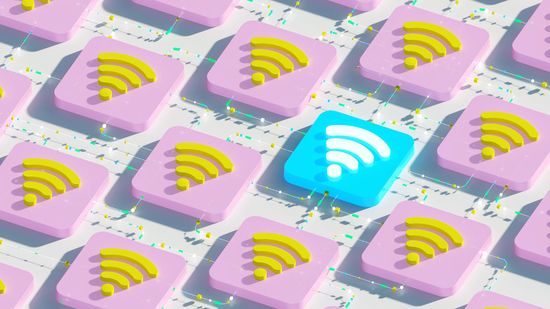
Why Does My WiFi Keep Disconnecting? 6 Easy Fixes
Learn More / Page 2
Learn how a cable modem works and see how dozens of television channels plus any Web site out there can flow over a single coaxial cable into your home.
When you connect to the Internet, you might connect through a regular modem, a local-area network connection, a cable modem or a digital subscriber line (DSL) connection. DSL is a very high-speed connection that uses the same wires as a regular telephone line.
What's so special about a T1 line? It means the phone company has brought a fiber optic line into your office that can carry data at a rate of 1.544 megabits per second!
Advertisement
Much of the world still uses a standard modem to connect to the Internet. In this article, we'll start with the original 300-baud modems and progress all the way through to the ADSL configurations.
